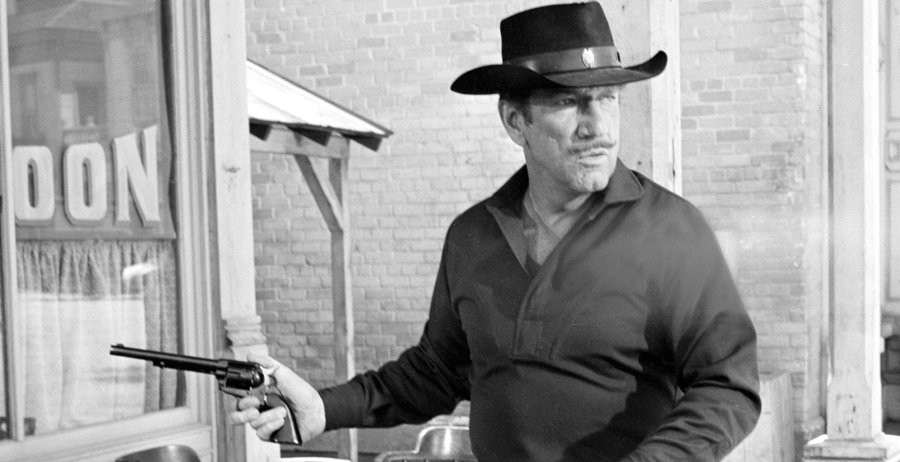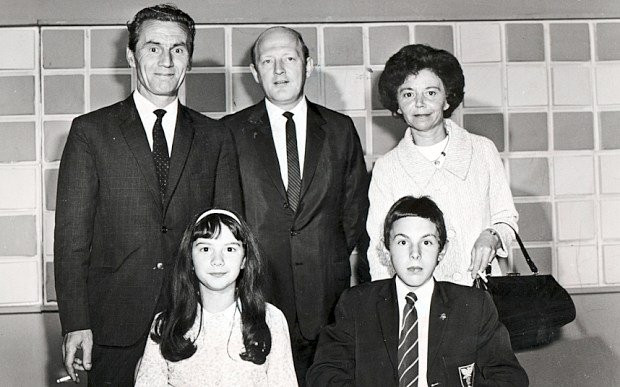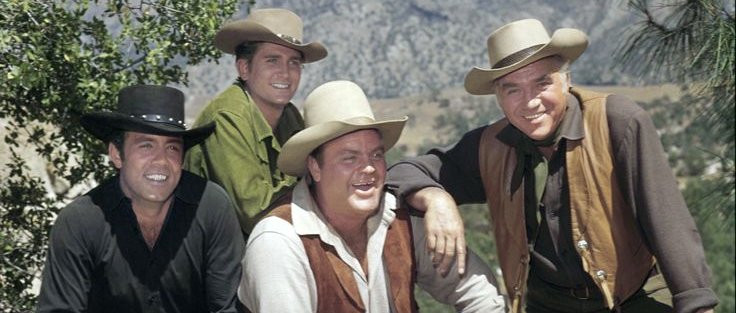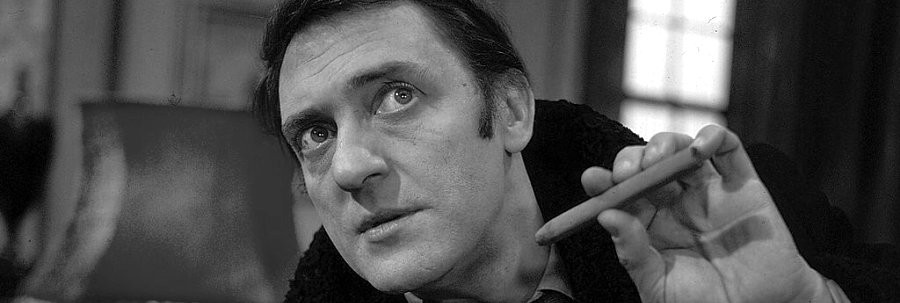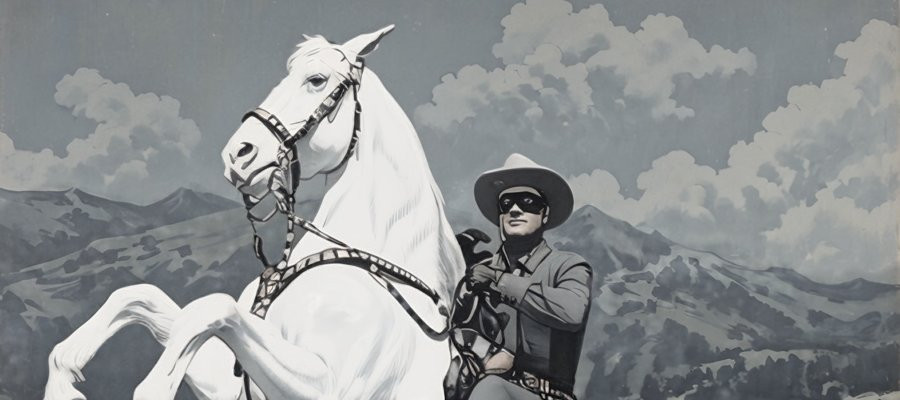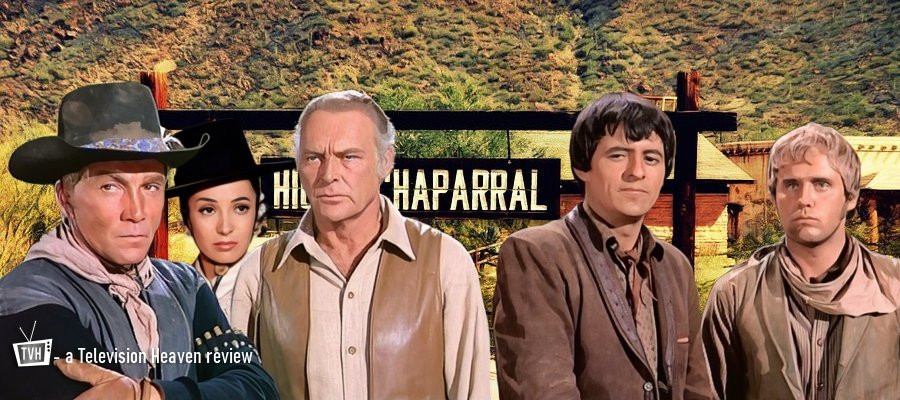
The High Chapparal
1967 - United StatesLaunched in 1967, The High Chaparral was American television’s bold attempt to recapture the lightning-in-a-bottle success of Bonanza, and not without reason: it was created by David Dortort, the very man behind the Cartwright family saga. While Bonanza chronicled life on a Nevada ranch, The High Chaparral set its sights further south – deep into the sun-scorched Arizona Territory – and offered something both familiar and refreshingly different.
At the heart of the series was Big John Cannon, played with stoic gravitas by Leif Erickson. He was the patriarch of The High Chaparral ranch, a sprawling, isolated spread plagued by the harsh realities of frontier life – drought, banditry, and tense relations with the local Apache tribes, led by the formidable Cochise. The show opened with a brutal reality check: during a raid, Big John’s wife is killed, leaving him to raise their son Billy Blue (Mark Slade) alone, with only his headstrong brother Buck (Cameron Mitchell) for support.
But the show wasted little time in rebalancing its emotional compass. In a move that deftly blended political strategy with romantic intrigue, Big John soon marries Victoria Montoya (Linda Cristal), the daughter of wealthy Mexican landowner Don Sebastian Montoya (Frank Silvera). Victoria’s arrival, along with her roguish yet loveable brother Manolito (Henry Darrow), added a much-needed warmth and cultural nuance to the show. Their presence helped frame the series' progressive outlook, reflecting the political liberalism of the late 1960s, particularly in its thoughtful handling of cross-cultural relationships and Native American representation.
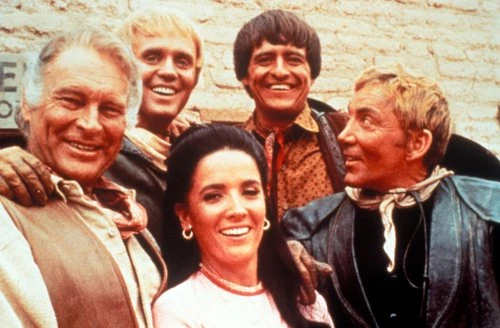
Unlike some of its genre counterparts, The High Chaparral took care to paint its Apache characters with dignity and depth, avoiding the caricatures that marred many Westerns of the period. The show’s approach to White–Indian relations was unusually balanced and respectful, a quality that set it apart both then and now.
When Mark Slade departed the series in its later stages, his character Billy Blue was replaced by Wind (Rudy Ramos), a young half-Native American who joins the Cannon household after earning Big John’s respect during a crisis. This casting decision furthered the series’ inclusive spirit, pushing boundaries in a genre typically resistant to such progressiveness.
Stylistically, The High Chaparral was a cut above. Shot on location in Arizona, it boasted striking cinematography and a stirring, memorable theme tune. These elements, combined with strong production values, gave the series a cinematic quality rare in television Westerns of the time. In the UK, it gained the distinction of being one of the first American series broadcast in colour, which only enhanced its dramatic landscapes and vibrant costuming.
Though it only ran for four seasons – ending in 1971 as the Western genre began to fade from television’s forefront – The High Chaparral left a lasting impression. It may not have matched Bonanza in sheer longevity or popularity, but it more than held its own in quality. With compelling characters, socially aware storytelling, and an eye for visual flair, it remains one of the most polished and thoughtful Westerns to grace the small screen, standing as a trailblazer of sorts – a series that dared to bring depth to its drama and dignity to its depiction of the Old West. For those willing to saddle up, it still offers a ride well worth taking.
Seen this show? How do you rate it?
Seen this show? How do you rate it?
Published on December 21st, 2018. Written by Rex Brady for Television Heaven.



